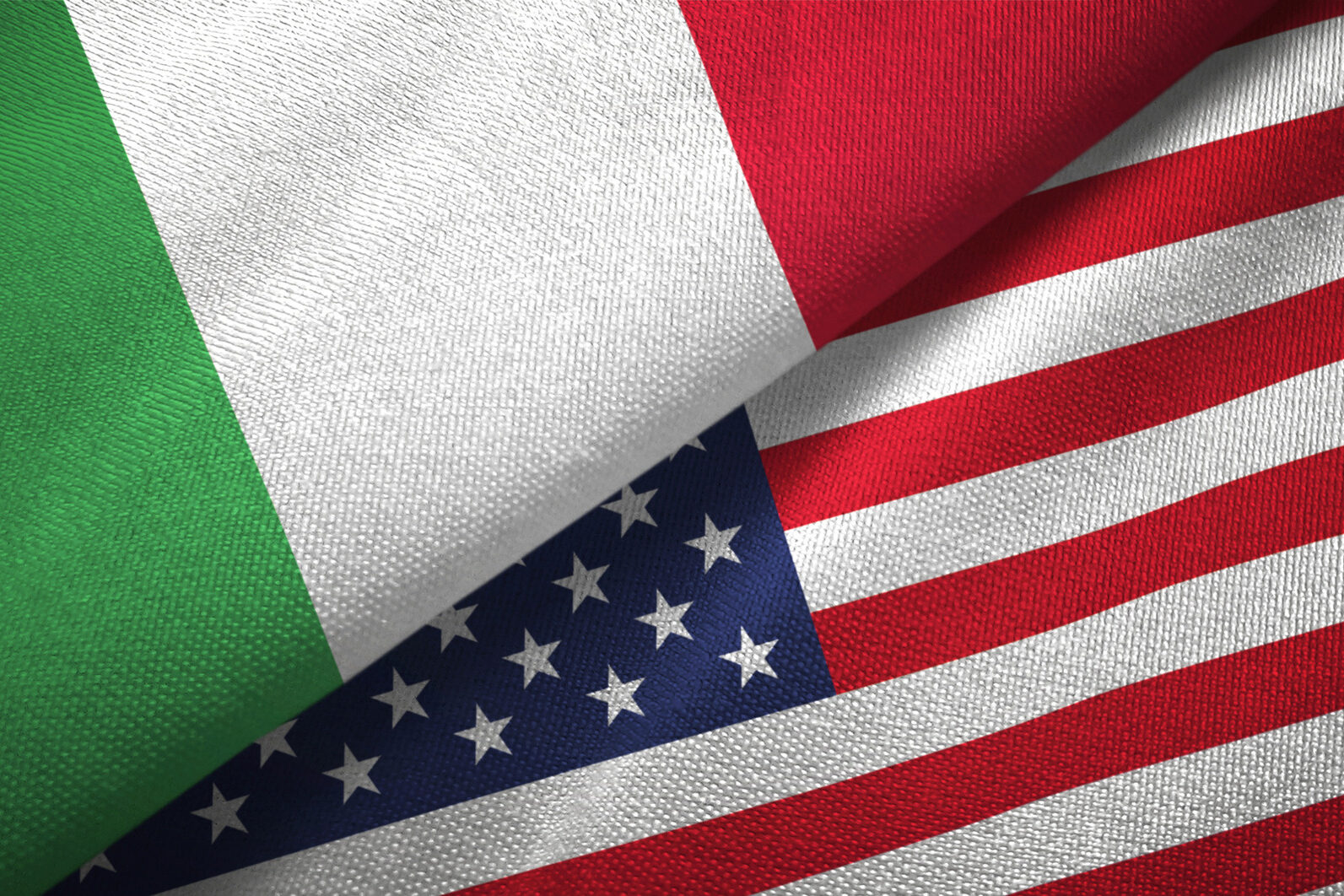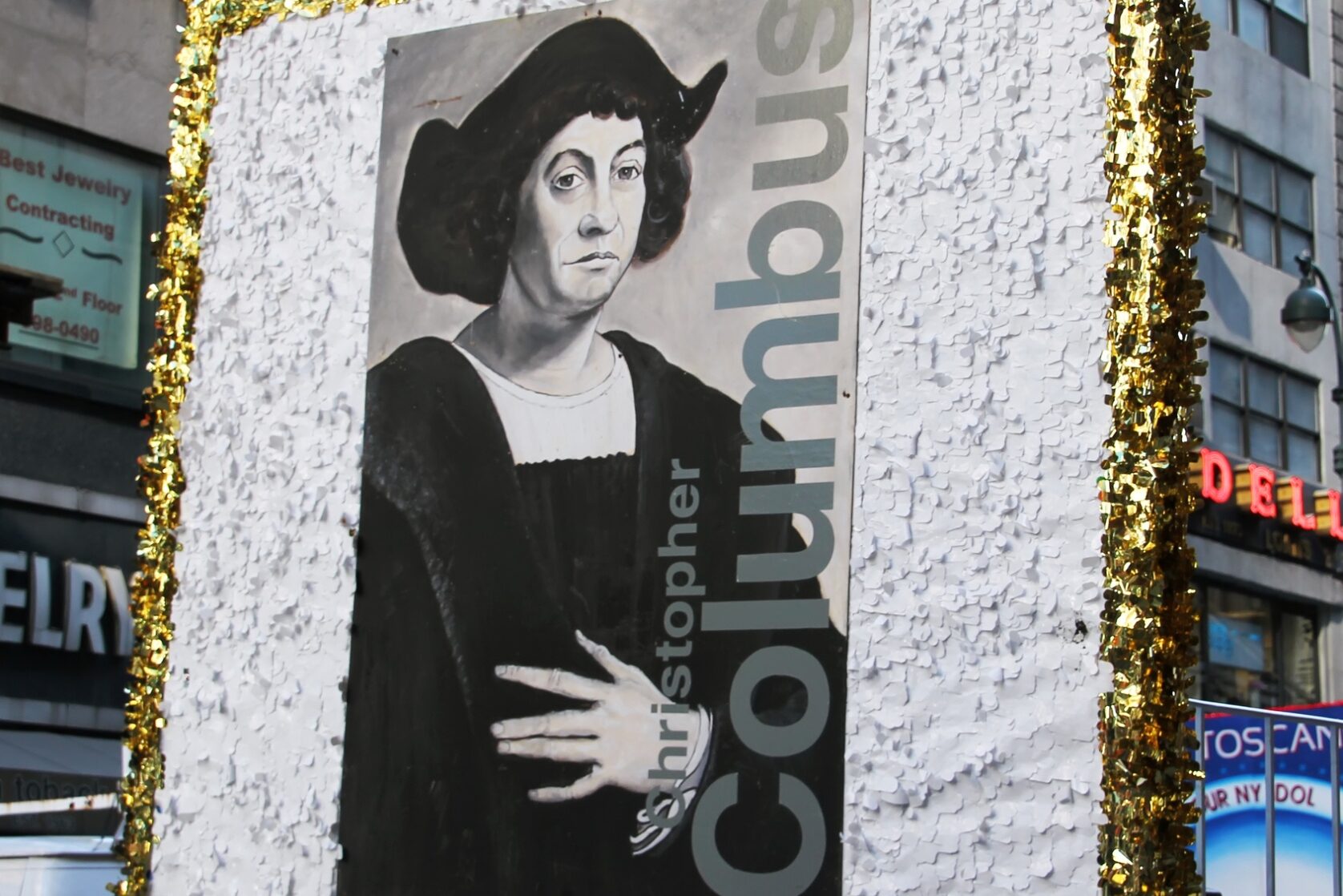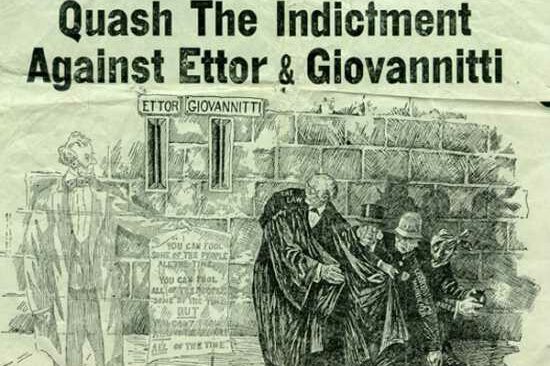Dear readers,
as Valentine’s Day approaches, I thought about the 1940s, when Cupid’s arrows easily bit their marks across the dining room tables and, for hundreds of Italian-American girls, “war grooms” became the silver lining to the clouds of war that hung over “homefront.”
In his book Italian Prisoners of War in America, 1942-1946, author Louis E. Kieffer records the history of 15,000 Italian prisoners of war captured in North Africa during the fighting in the desert and shipped to the United States as POWs. After Italy surrendered to the Allies and declared war on Germany, the POWs worked with the army as cooperators in Service Unites, serving army posts throughout the United States. The 15,000 cooperators remained until their release, in 1946. The text itself is based on interviews with former POWs, their families, and US military personnel who worked with them.
***
Signor A. A.’s American fiancée came to Italy in 1947 and, for her honeymoon, spent six weeks visiting relatives. Although he did not have to wait on a quota to return to the US, the couple needed to go to the US Embassy in Genoa about ten times to sign all the necessary papers.
Signor E. F. recalled that when he returned to Italy in 1945, conditions were bad, food and clothing scarce, and work impossible for him to find. The only bright spot in his life were the happy memories of friends he had made in Providence, Rhode Island, and of a very charming family who had been most hospitable to him and his buddies. He had fallen in love with one of their daughters, and she with him, for in 1947, she went to Italy where they married and, seven months later returned to America.
Signor M. C.’s future wife went to Italy in 1946, and thanks to the fact that he had grown up in San Giovanni Rotondo, at his request, they were married by Padre Pio.
Signor A. M. met his future wife in Seattle when he was with an ISU unit. He tried to get a visa at the American Consular Office in Naples but was unsuccessful, so his future wife came to Italy. She was the first American girl ever to visit his hometown of Taurasi, near Naples, and the whole town was standing in front of the place where she was staying to welcome her. They married in St. Marciano’s Church in 1946, and even the mayor attended.
Signor A. M.’s wife-to-be left New York to join him on May 2, 1947, on the Marine Shark, unofficially known as La Barca d’Amore, for aboard the boat were over 100 American women, all headed for different towns in Italy to join their ex-prisoner fiancées.
***
Sal, a former POW, became a successful restaurateur. He was active in music circles and, as a POW, had a group that entertained at USO shows. I met him in San Jose, California, when he was an active member of the Italian-American Heritage Foundation, and often sang at their annual festa. Sal died in 1989, but the happy memories of him singing Italian songs linger on.
***
Even before the Tunisian campaign started, there were at least 250,000 Italian prisoners scattered throughout England, Scotland, Egypt, South Africa, India, and Australia. The British asked the US to take some of the POWs off its hands, and the two nations agreed that all Axis prisoners captured in North Africa after the November 1942 Allied landing would be considered American-owned. The US Army kept many Italian POWs in the war zones. As of September 1942, it held about 82,000 in North Africa and Sicily, but only 48,000 in the United States. Many of the POWs retained in North Africa were eventually shipped across the Mediterranean to support the US troops invading southern France in October 1944. About 15,000 Italian POWs were transferred to French authorities to be used as laborers in North Africa. In the book, we read about Sal Davide, a POW and restaurateur in progress. Sal, who had sailed from Casablanca on the Mariposa, an American liner then turned troop ship, landed in Boston in mid-1943, and went first to Fort Leonard Wood and then to Camp Carr, Missouri, where he worked in the kitchen and was responsible for ordering all food supplies. In some camps, POWs entertained themselves by organizing ad hoc theatre groups. La Scaletta, the diminutive of La Scala, staged plays at Camp Crook, Nebraska.
After Pearl Harbor, 5,000 POWs were sent from camps in Arizona and Utah to Oahu, Hawaii, where they worked digging foundations for a small hospital and loading crates on ships full of young American soldiers on the way to Iwo Jima. Italian POWs stayed in Hawaii until 1946.
***
Cari lettori,
Con l’avvicinarsi di San Valentino, ho pensato agli anni Quaranta, quando le frecce di Cupido lasciavano facilmente il segno sui tavoli della sala da pranzo e, per centinaia di ragazze italo-americane, gli “sposi di guerra” diventavano il lato positivo delle nuvole di guerra che incombevano sul loro “fronte interno”.
Nel libro Italian Prisoners of War in America, 1942-1946, l’autore Louis E. Kieffer registra la storia di 15.000 prigionieri di guerra italiani catturati in Nord Africa durante i combattimenti nel deserto e spediti negli Stati Uniti come prigionieri di guerra. Dopo che l’Italia si arrese agli Alleati e dichiarò guerra alla Germania, i prigionieri di guerra lavorarono con l’esercito come collaboratori del Service Unites, servendo postazioni militari in tutti gli Stati Uniti. I 15.000 cooperatori rimasero fino al loro rilascio, nel 1946. Il testo stesso si basa su interviste con ex prigionieri di guerra, le loro famiglie e il personale militare statunitense che lavorava con loro.
***
La fidanzata americana del signor A. A. venne in Italia nel 1947 e, per la sua luna di miele, trascorse sei settimane in visita ai parenti. Anche se lui non dovette aspettare molto per tornare negli Stati Uniti, la coppia dovette recarsi all’ambasciata americana a Genova una decina di volte per firmare tutti i documenti necessari.
Il signor E. F. ricorda che quando ritornò in Italia nel 1945 le condizioni erano pessime, cibo e vestiario scarsi e lavoro impossibile da trovare. L’unico punto luminoso della vita erano i ricordi felici degli amici che aveva stretto a Providence, nel Rhode Island, e di una famiglia molto affascinante che era stata molto ospitale con lui e i suoi amici. Lui si era innamorato di una delle loro figlie, e lei di lui, così nel 1947 andò in Italia dove si sposarono e, sette mesi dopo, tornarono in America.
La futura moglie del signor M. C. si recò in Italia nel 1946, e grazie al fatto che era cresciuto a San Giovanni Rotondo, su sua richiesta, furono sposati da Padre Pio.
Il signor A. M. incontrò la sua futura moglie a Seattle quando era con un’unità ISU. Tentò di ottenere il visto presso l’ufficio consolare americano a Napoli ma senza successo, così la futura moglie venne in Italia. Fu la prima ragazza americana a visitare la sua città natale, Taurasi, vicino Napoli, e l’intera città andò davanti al luogo in cui alloggiava per accoglierla. Si sposarono nella Chiesa di San Marciano nel 1946, alla presenza anche del sindaco.
La futura moglie del signor A. M. lasciò New York per raggiungerlo il 2 maggio 1947 sulla Marine Shark, conosciuta ufficiosamente come La Barca d’Amore, poiché a bordo c’erano oltre 100 donne americane, tutte dirette in diverse città in Italia per raggiungere i loro fidanzati ex detenuti.
***
Sal, un ex prigioniero di guerra, divenne un ristoratore di successo. Era attivo nei circoli musicali e, come prigioniero di guerra, aveva un gruppo che si esibiva agli spettacoli dell’USO. L’ho incontrato a San Jose, in California, quando era un membro attivo della Italian-American Heritage Foundation, e spesso cantava alla loro festa annuale. Sal morì nel 1989, ma i ricordi felici di lui che cantava canzoni italiane permangono.
***
Anche prima dell’inizio della campagna di Tunisia, c’erano almeno 250.000 prigionieri italiani sparsi fra Inghilterra, Scozia, Egitto, Sud Africa, India e Australia. Gli inglesi chiesero agli Stati Uniti di togliergli dalle mani alcuni prigionieri di guerra, e le due nazioni concordarono che tutti i prigionieri dell’Asse catturati in Nord Africa dopo lo sbarco alleato del novembre 1942 sarebbero stati considerati di proprietà americana. L’esercito americano mantenne molti prigionieri di guerra italiani nelle zone di guerra. Nel settembre 1942 ne contava circa 82.000 in Nord Africa e Sicilia, ma solo 48.000 negli Stati Uniti. Molti dei prigionieri di guerra trattenuti in Nord Africa furono infine spediti attraverso il Mediterraneo per sostenere le truppe statunitensi che invadevano la Francia meridionale nell’ottobre 1944. Circa 15.000 prigionieri di guerra italiani furono trasferiti alle autorità francesi per essere utilizzati come lavoratori in Nord Africa. Nel libro leggiamo di Sal Davide, prigioniero di guerra e ristoratore in divenire. Sal, che era salpato da Casablanca sul Mariposa, transatlantico americano poi trasformato in nave militare, sbarcò a Boston a metà del 1943, e si recò prima a Fort Leonard Wood e poi a Camp Carr, Missouri, dove lavorò in cucina e fu responsabile dell’ordinazione di tutte le scorte di cibo. In alcuni campi i prigionieri di guerra si divertivano organizzando gruppi teatrali ad hoc. La Scaletta, il diminutivo di La Scala, metteva in scena spettacoli a Camp Crook, nel Nebraska.
Dopo Pearl Harbor, 5.000 prigionieri di guerra furono inviati dai campi dell’Arizona e dello Utah a Oahu, nelle Hawaii, dove lavorarono scavando le fondamenta per un piccolo ospedale e caricando casse su navi piene di giovani soldati americani in rotta verso Iwo Jima. I prigionieri di guerra italiani rimasero alle Hawaii fino al 1946.
***































